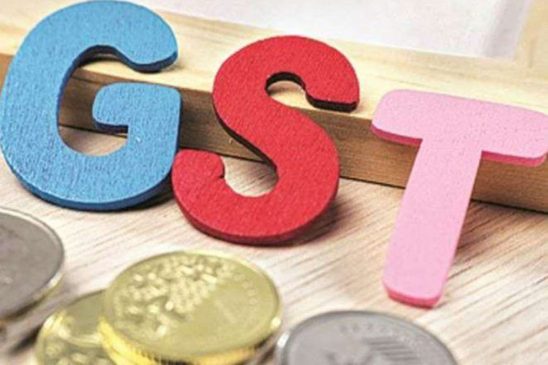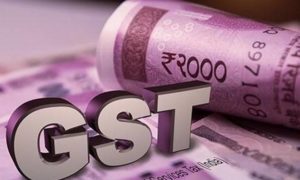The Central Board of Indirect Taxes and Customs (CBIC) has proposed mandatory Goods and Service Tax (GST) scrutiny on a quarterly basis to enhance compliance through effective and standardised scrutiny of returns.
“CBIC to soon introduce mandatory quarterly scrutiny of GST returns. Scrutiny exercise is aimed at better compliance and enhancement of GST collections,” reported CNBC-TV18, citing sources.
Read More:-Hariom Pipe Shares List at 44% Premium on D-Street. Should Investors Buy, Sell or Hold Post Listing?
The CBIC would use business intelligence and other enterprise data available to run the quarterly scrutiny, the report said.
According to the news channel’s sources, tax evasion to the tune of Rs 52,000 crore was detected in the period between July 2017 and April 1, 2021.
“Fake invoices noted as biggest tax evasion practice by taxpayers,” the report stated.
It was reported on April 11 that the CBIC began an inspection of the first tranche of about 50,000 taxpayers for alleged lapses in the financial year 2018.
Read More:-ICICI Bank, GIFT SEZ join hands to promote GIFT SEZ to Indian, global businesses
The examination of GST returns is initiated to bring transparency and plug tax leakages that remain undetected in the system.
Post the first tranche, another tranche of scrutiny will be opened for FY19, followed by FY20, FY21 and FY22 so that several leakages are plugged.
On March 23, the CBIC issued a standard operating procedure for the scrutiny of GST returns for financial years 2017-18 and 2018-19, the first two years of the roll-out of the new taxation regime.
The Directorate General of Analytics and Risk Management (DGARM) has been assigned the task to select the GST identification numbers (GSTINs) registered, whose returns are to be scrutinised, and to communicate the same to the field officers from time to time.
Read More:-SBI offers home loan at low interest rate | Check eligibility, EMI calculation
Field formations have been authorised to open scrutiny of GSTINs based on artificial intelligence inputs and risk assessment parameters finalised by the department.





































